Video Menu
My Favorite Videos
My Favorite Videos
Lydia Ko | Minimize Head Movement
Sorry, you need to be a member to access this video.
You Are Just Seconds Away - Become a member here!
Already a member? Log in now

In this video, I'll show you how Lydia Ko rotates her body and minimizes head movement in the swing, allowing her to be a more consistent ball striker week in and week out.
- Watch video #1 of the play your best golf series in 6 weeks.
- Drill
- Get ready for video #2
Hey, what's up Rotary Spin Golfers?
This is your instructor, Chris Tyler.
And we are back with this week's tour analysis with Lydia Ko, who just became the youngest player in LPGA history to win two majors.
So congratulations to Lydia.
She's an absolutely phenomenal talent and so great for the game of golf.
And since we're in the midst of a six-week video series here on how to become a better, more consistent ball striker, I figured who better to showcase than Lydia now.
We're going to be showing you some of her head movement that she has in her golf swing, much like we discussed in video number one.
We're going to be talking about what we're going to be working on in video number two that's coming out later this week.
So let's go ahead and get started now.
Okay, so as we're in the midst of the six weeks to playing the best golf of your life, becoming a more consistent ball striker, we have Lydia Ko picking up her next victory.
So I thought to myself, okay, There's no better person out there for us to start to talk about consistency because she is a fantastic ball striker, does a really great job of controlling the bottom of the swing arc and has very, very good control of the club face, which leads her to number four on the LPGA Tour in greens and regulation.
And when you're hitting that many greens and regulation and you are number one in putting, then that makes for a dangerous, dangerous arsenal there and a winning combination.
So congratulations to Lydia for all the hard work she's done.
She's absolutely great for the game of golf.
And so let's get right into it here.
So again, we're going to talk a little bit about head movement.
And Lydia does make a little bit of an unorthodox move with her head.
But again, the important part is, Is that it's not?
The movement that she makes is not creating any sort of inconsistencies in her swing.
And I'll get further into that as we start to go through things here.
So I'm going to mark what we call the tush line.
I'm going to mark the front of her head.
And then from a face on perspective, I'll mark the head.
And we're going to draw what we call the right hip line.
So these are pretty common lines.
And we're doing these tour analysis.
And you'll notice that there's a little tiny bit of space here between the right thigh and the right hip line that's drawn up straight up from the ankle.
Now, the unorthodox move here is she's going to make more of a sitting move.
And I know we talked about that in video.
Number one is that we don't want to have any downward head movement.
But what she does here is she's going to sit into her right side.
Okay.
And that's going to start her golf swing.
So from a face on perspective, you're going to see that she sits.
Okay.
So you see the movement of her tush going through that line.
And now you can see that her head moves downward through that line where it originally started from.
Okay.
Is that a bad thing?
No, it's not a bad thing.
Because again, what we're trying to do in the golf swing, our main goal for consistency is to be able to make sure that we keep our head quiet.
Yes, number one.
But number two, we want to maintain the angle to our spine through the takeaway, through the backswing, through the downswing, and even into the follow through, we want to maintain that spine angle as long as possible.
That way, we know that our hands and arms are getting lined back up at the bottom of the swing arc, which in turn is going to allow us to get good consistent contact round after round.
Now, of course, there are other variables that are involved with consistent ball striking.
And we're going to get into that later this week when we start to release this video number two.
But the important thing is, is that this downward movement, yes, it's increasing her spine angle a little bit, but she maintains the tush line throughout the golf swing.
So she's going to actually keep her spine in check the entire swing now.
So she can see that she maintains the angle to her spine all the way to the top.
And then in the downward half here, you're going to see her head stays right in that same position to where she started.
And you see how her hips are still back against this line.
Absolutely critical for consistent ball striking is making sure that you maintain the angle to your spine.
That was really the main purpose about talking about head movement is head movement is one of those things that can have your center, your spine moving all over the place.
And then again, It makes very difficult for you to get the bottom of the swing arc in the same spot every single time.
So let's go ahead and take a look at this from a face on perspective.
Okay, you're going to see that that little gap between the right hip line gets nice and filled in there.
Okay, and then she's only shifting off the golf ball, maybe an inch, inch and a half or so with her head.
So you see her head made that downward move just a slight one just to get loaded into her right leg.
Okay, and then she's made her head move laterally about an inch, inch and a half or so.
Again, so why is it okay for our head to move an inch, inch and a half or so off the golf ball?
Now, I showed you in video one, if you don't allow your head to move, and you're going to try rotate around your axis, you're going to try to rotate your shoulders, and chances are, you're going to see that your spine will lean more towards the target, which is dangerous, dangerous, dangerous.
So you can see here at the top of her swing, she's been able to maintain axis tilt, which is absolutely critical for safety in the golf swing, And also allows you to rotate around your axis axis without starting to compress your lower vertebrae and gets you into a loaded, powerful position.
So that's basically it.
That's the rundown of this week's review.
You see that she does make a sitting move into her right leg, so she's going to have a little downward movement of her head.
But she does keep her hips back.
She does load her right side beautifully here.
You can see that she keeps that leg flexed, much like we talked about in video number one.
So I hope you guys are out there working really hard through video number one.
And again, we are going to be focusing in on video number two, releasing tension in the hands and arms, just like you see Lydia here when she starts to release this club.
You can see that she carries very little tension in the wrists and the forearms so that she can allow them to release, roll over the top of one another, and extend down the target line beautifully.
And that's what we're going to be working on in video number two, guys.
So I hope you guys had some great success with your reps.
Let me know if you have any questions or comments below, and I will certainly help you out along the way.
And we will talk to you guys later in the week.























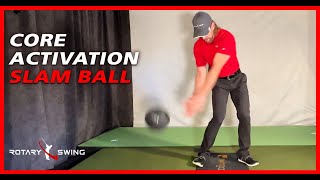





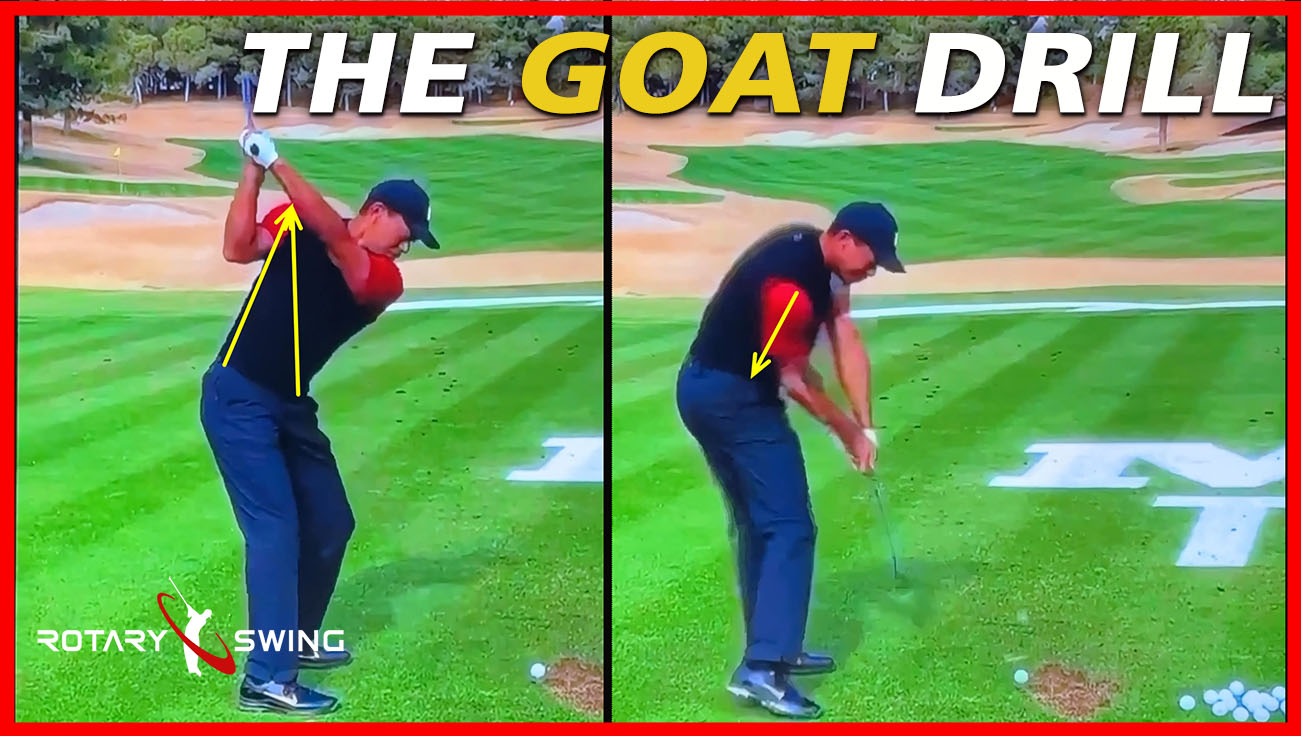






















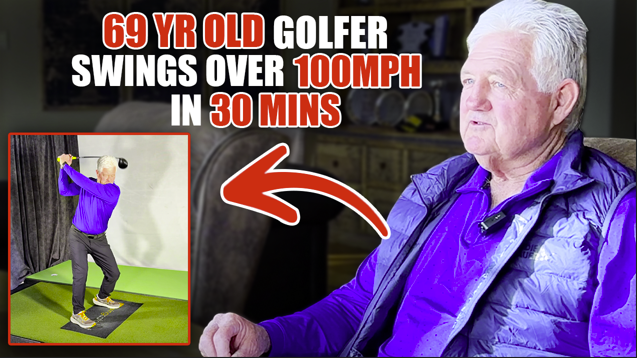














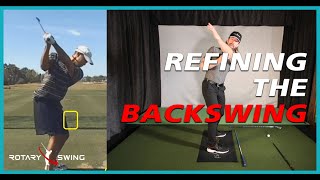







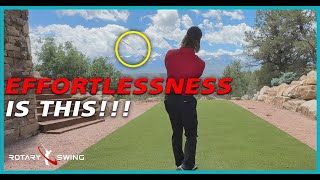
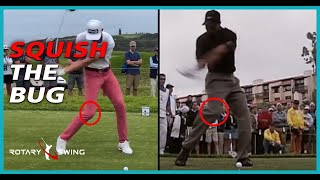
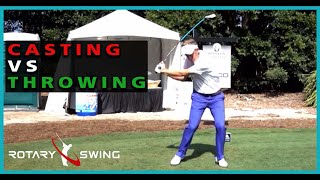



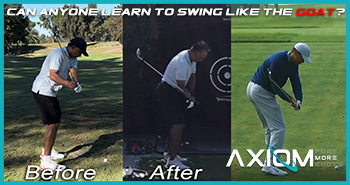






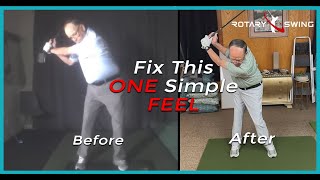














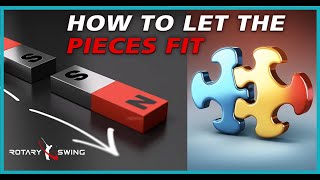






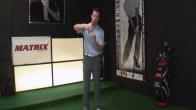













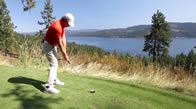



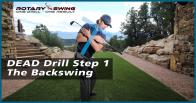

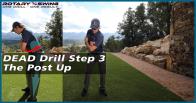










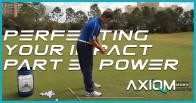











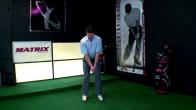



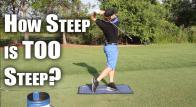















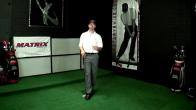









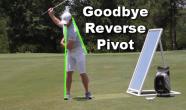





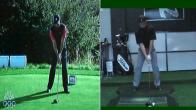



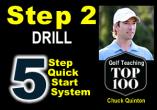






















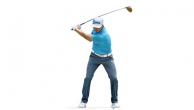

































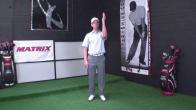




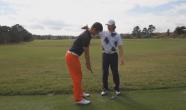















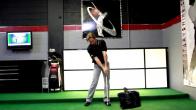



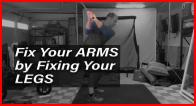


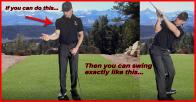




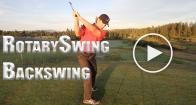

















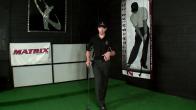







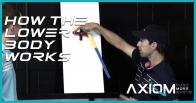












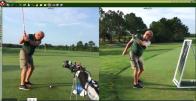

























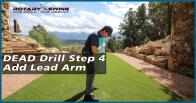


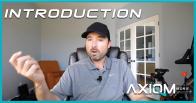

















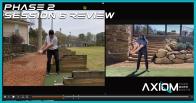







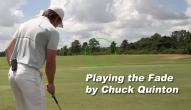











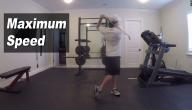

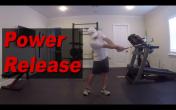
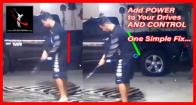


















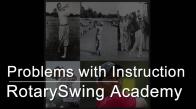







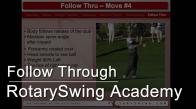










































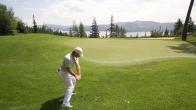





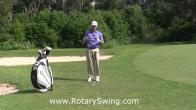











Jackson
Chris (Certified RST Instructor)
Jackson
Chris (Certified RST Instructor)
Gareth
Chris (Certified RST Instructor)
Robert W
Chris (Certified RST Instructor)
Robert W
Chris (Certified RST Instructor)
Donald
Craig (Certified RST Instructor)
Ellen
Craig (Certified RST Instructor)
Anthony
Craig (Certified RST Instructor)
Jim
Craig (Certified RST Instructor)